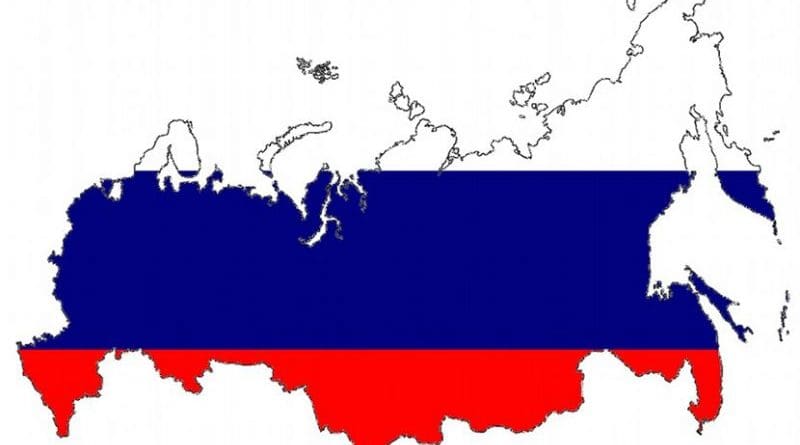Ukrainian ‘Wedge’ Regions East Of Urals Declining In Size But Still Numerous – OpEd
By Paul Goble
Russian historian acknowledge that ethnic Ukrainians played a key role in the conquest and development of Siberia and the Far East, and Russian officials in recent years have been outraged whenever Kyiv officials have talked about the need for Ukraine to devote more attention to them.
(On Ukrainians there in the past and present and the territorial “wedges” they formed , see windowoneurasia2.blogspot.com/2014/06/window-on-eurasia-zelenyi-klin-isnt.html and afterempire.info/2017/09/08/zeleni-klin/, as well as the sources cited therein. On Kyiv’s interest and Moscow’s anger, see windowoneurasia2.blogspot.com/2018/08/kyiv-takes-up-cause-of-ukrainian-far.html).
Today, Russian writers argue that “in the post-Soviet period, the number of Ukrainians in the population of Siberia has contracted in all regions and significantly,” especially in the north but also in the Far East more generally, the result of deaths, departures, and assimilation (russian7.ru/post/pochemu-ukraincy-selilis-na-dalnem-v/).
There are only about a third as many Ukrainians in Chita Oblast now than there were in 1989, only about half as many in Irkutsk, Buryatia, Sakha, Krasnoyarsk Kray, and Kemerovo Oblast. For the Russian Far East as a whole, statistics show, the number of Russians across the Far East has fallen by 50 percent.
But in reporting these declines, Russian outlets unintentionally call attention to just how important a role ethnic Ukrainians played east of the Urals in the past and to the ways in which they play a role to this day. A new discussion of the Ukrainian wedges on the Russian7 portal is typical in that regard.
It not only describes the five “waves” of Ukrainian movement to Russia east of the Urals but also describes the features of the smaller but still important Ukrainian “wedges” at present. The first wave consisted of Ukrainian nationalists who were exiled there after Russia annexed Ukraine.
The second, which numbers more than 1.5 million by the middle of the 19th century, was driven by land hunger, as was the third, under Stolypin at the end of the 19th and beginning of the 20th centuries. The fourth consisted of those sent to the region as a result of Stalin’s policies of collectivization and the annexation of Western Ukraine.
And the fifth, which took place in the final decades of Soviet power, involved the transfer of “no fewer than five million” Ukrainians to help industrialize the region. They were sent there on orders of the state following graduation from industrial training schools.
According to Russian7, at the time of the 1989 Soviet census, about a third of the population of Tyumen Oblast – more than 600,000 people – consisted of ethnic Ukrainians. After 1991, Kyiv opened a consulate general there, and the community itself set up a national cultural autonomy.

